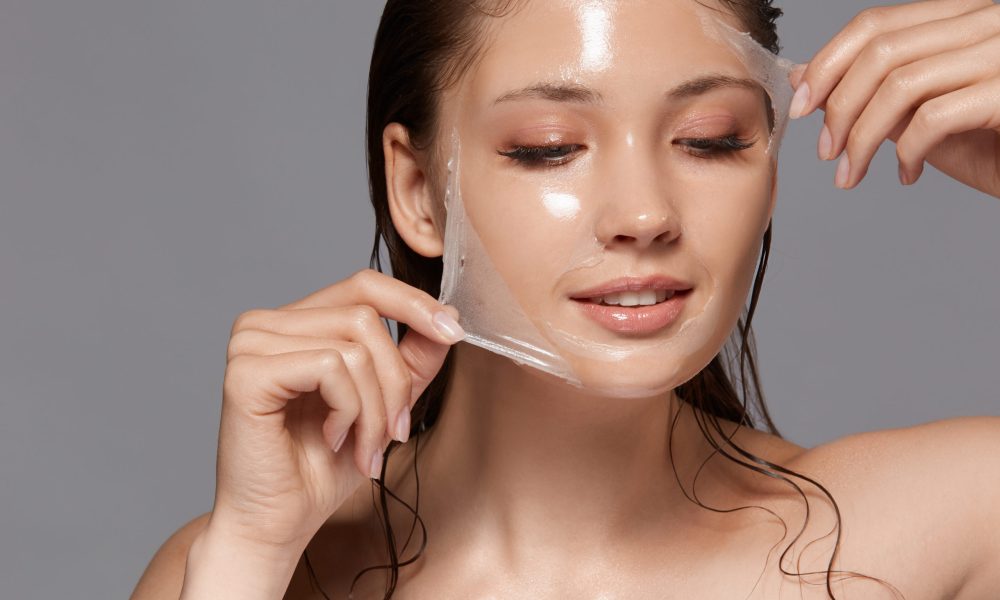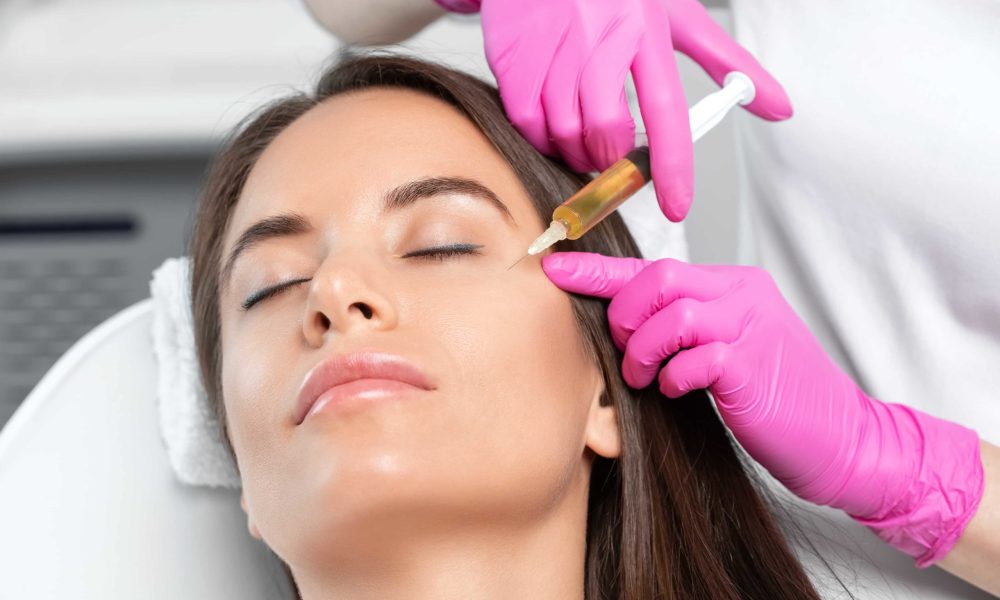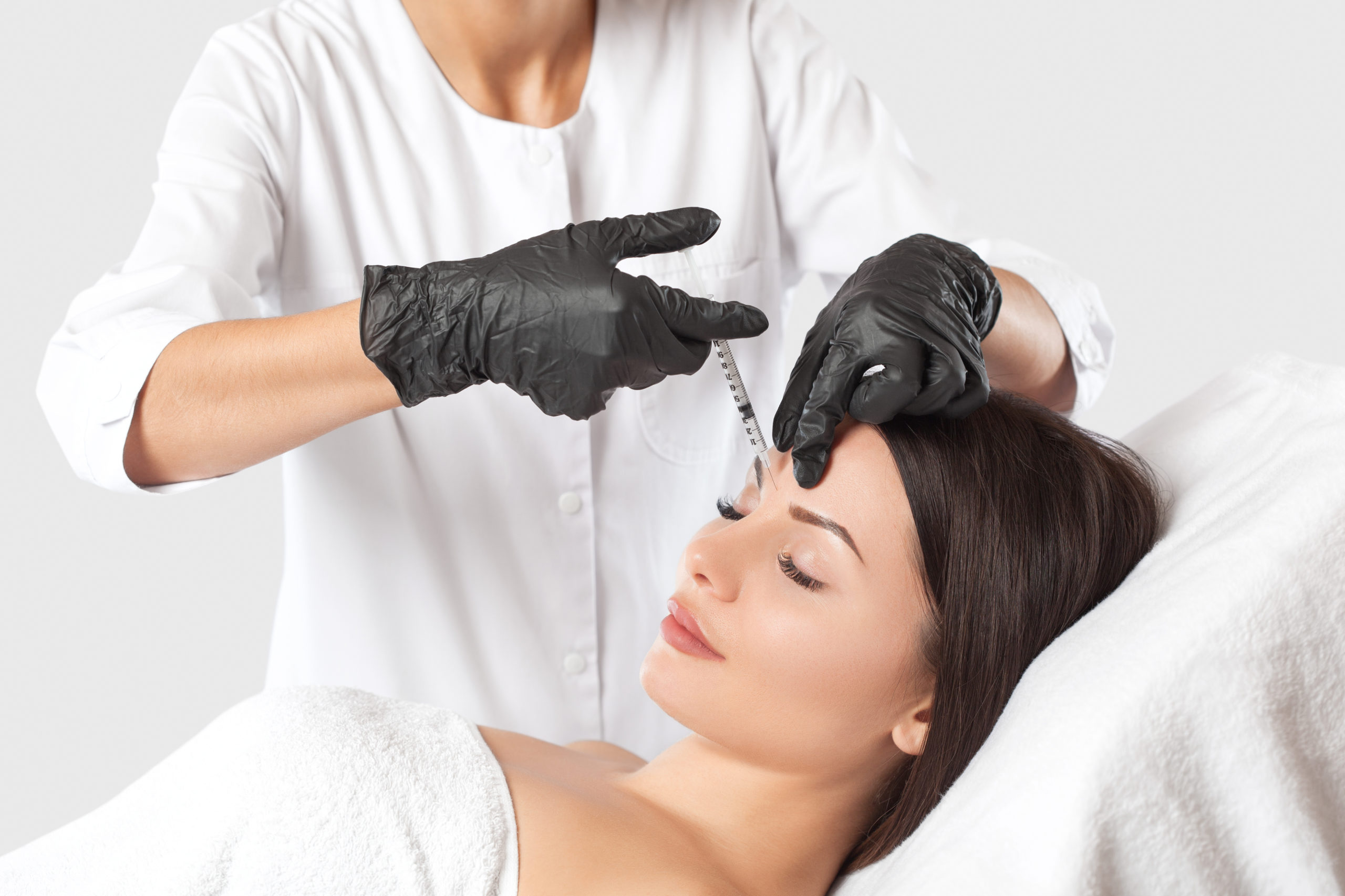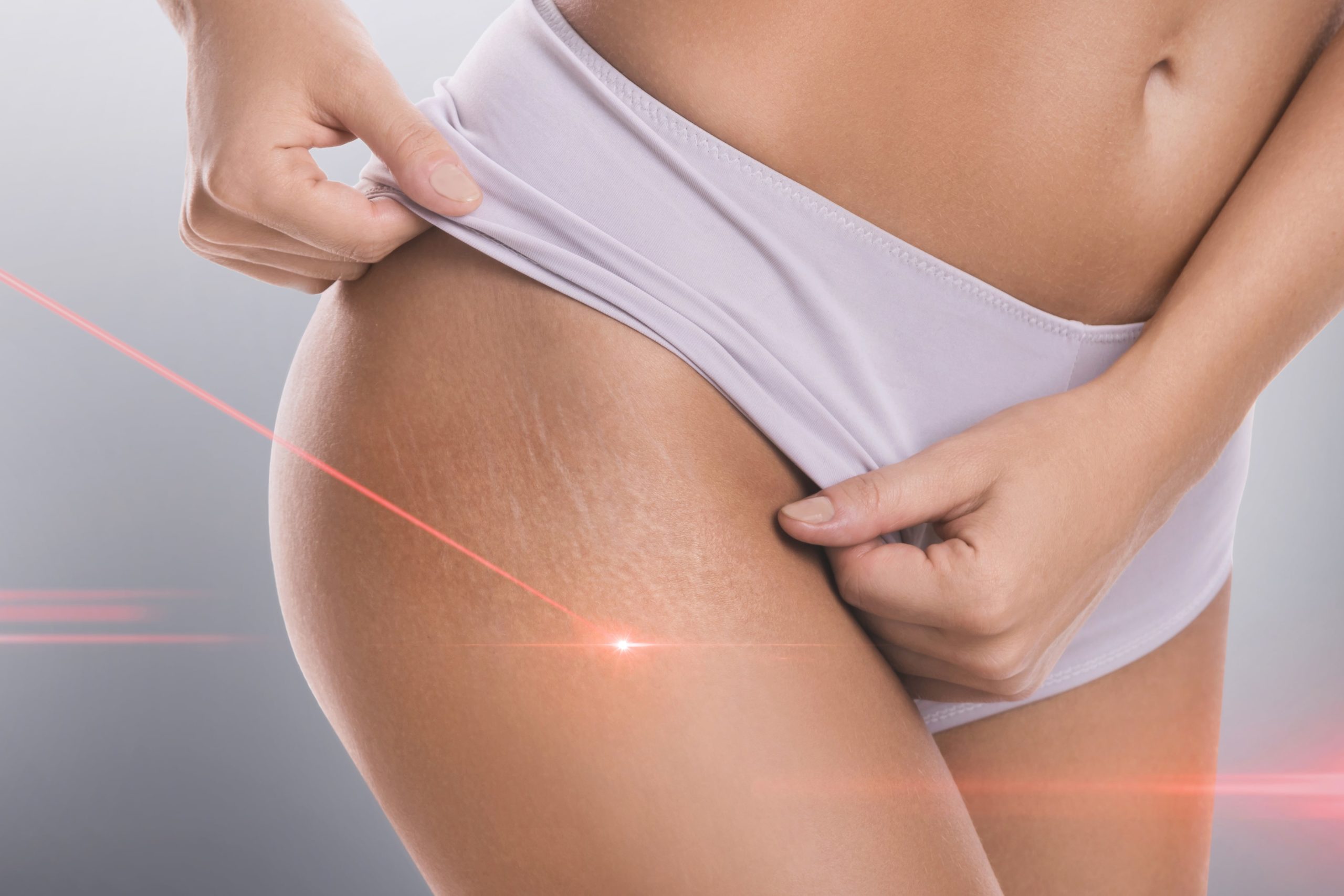Clear, smooth, and even skin may do wonders for one’s sense of self-worth and confidence. Many different types of non-invasive treatments exist under the umbrella term “skin resurfacing,” all of which attempt to renew and regenerate skin with minimal downtime and discomfort. Proceed reading if you’re interested in learning more about skin resurfacing methods.
What Is The Resurfacing Approaching?
Skin resurfacing techniques can remove the outermost layers of damaged skin and encourage the production of new, healthy cells, resulting in a more youthful and appealing complexion.
Signs of aging, injury and the environment manifest in the epidermis as wrinkles, scars, age spots, and discoloration. You may reverse the effects of aging and stress on your skin with resurfacing treatments and potentially feel and look better than you have in years.
Cosmetic surgeons employ a variety of skin resurfacing techniques to repair a wide range of skin imperfections.
Who Performs Resurfacing Treatments?
In the United States, you can choose from a dizzying array of skin resurfacing treatments, each with its own brand name and target demographic. While these developments are fascinating, it is essential to remember that your choice of cosmetic doctor will have the most impact on the quality of your ultimate results. True of both invasive and non-invasive techniques for skin rejuvenation.
Some skin resurfacing should only be performed by a cosmetic surgeon with extensive expertise in the field. Such procedures include ablative laser therapies and extensive chemical peels. A licensed nurse or aesthetician is necessary to safely and effectively complete operations, including microneedling, light peels, and microdermabrasion.
Because the credentials needed to perform skin resurfacing treatments vary from state to state, it’s essential to select a provider who is licensed for their position, works under the custody of a qualified cosmetic expert, and has extensive experience in medical skin care. During your meeting, you should enquire about the provider’s level of experience with the procedures you wish to receive. You should also find out if the doctor has experience treating patients with skin conditions and worries comparable to your own. Doing so is essential for your health and the success of your treatments.
First, schedule a consultation with a board-certified cosmetic surgeon or a skin care director specializing in your area.
Non-Surgical Resurfacing Treatments
Many cosmetic surgeons combine resurfacing procedures to get the most significant, long-lasting results. This article explains all of your options for your resurfacing options:
Chemical Peels
One method for resurfacing the skin involves using a chemical solution that causes the outer layers of the skin to peel off. In cosmetic medicine, a chemical peel is a standard treatment option. Chemical peels are performed in a plastic surgeon’s office, usually by a doctor, nurse, or aesthetician who has received specialized training in the procedure. A solution is brushed or swabbed onto the skin, and the patient waits for it to take action. The skin peels off in the days following treatment, providing a younger, smoother appearance.
Light, Medium, And Deep Chemical Peels
A peel’s depth can vary from mild to severe, depending on the method of therapy being used. The depth of the cut indicates how much skin was removed. Light chemical peels employ more favorable acid solutions such as glycolic acid, alpha hydroxy acid (AHA), salicylic acid, fruit enzymes, or a low concentration of trichloroacetic acid. They only penetrate the outermost layers of the epidermis (TCA). Under the supervision of a plastic surgeon, a trained aesthetician can safely apply a superficial peel, and the effects are often visible immediately.
A deeper peel into the epidermis or dermis is necessary to treat advanced signs of aging, such as deeper wrinkles, extensive sun damage, or severe acne scars. Chemical peels like phenol and harsher TCA peels are two examples, coupled with croton oil. Providing a medium or deep peel takes more work, but the benefits may be more evident. Patients may be given anesthesia to help them relax during operations, and they’ll likely need to take a few days off work to allow their skin to heal.
The sort of peel your provider suggests will be determined by your skin type, the nature of your concerns, and the depth to which you want the peel to penetrate.
Microdermabrasion
Microdermabrasion can be used as a gentle therapy anywhere you have skin, including your face, neck, hands, and body. During treatment, the area is exfoliated using a finely-tipped instrument or a fine mist of abrasive particles. When the dead skin is scraped off, it is immediately vacuumed up. Compared to other skin resurfacing methods, microdermabrasion poses no danger to any skin type, seldom causes any side effects, and requires no downtime for recovery.
Dermabrasion
In comparison to microdermabrasion, dermabrasion is a more effective mechanical resurfacing procedure. To obtain the desired result, a cosmetic surgeon would use a rapidly spinning instrument or blade to remove layers of skin from the treatment area. Due to the possibility of skin pigmentation changes brought on by the procedure’s more profound than surface-level penetration, dermabrasion is not recommended for all skin types. Relaxing patients before, during, and after treatments is a common goal, and topical anesthetics and local anesthetics are frequently utilized to achieve this.
Microneedling
Microneedling is a type of skin resurfacing that uses the body’s own repair mechanisms to improve the look of sun damage scars, fine lines, and wrinkles on the skin. Instead of removing layers of skin with heat or chemicals, microneedling uses equipment with dozens of skinny, short needles to induce microscopic “injuries” in the skin. These “injuries,” invisible to the naked eye, trigger the skin’s natural repair mechanisms, resulting in the formation of new, healthy layers of collagen and elastin.
Takeaway
The epidermal layer of skin is removed during resurfacing to promote the production of new skin cells and collagen. Some of the issues it can address include scars, wrinkles, age spots, and sun damage. As with any cosmetic procedure, you should investigate your surgeon’s background, examine before-and-after photos, and discuss the treatment’s advantages and disadvantages. If you’re interested in any of these services, don’t hesitate to contact Med Spa Express and schedule an appointment with us!






